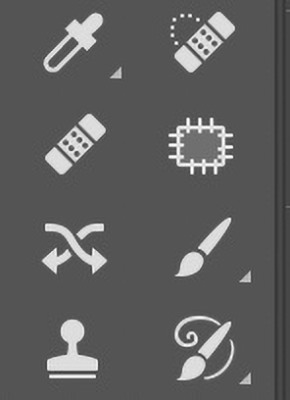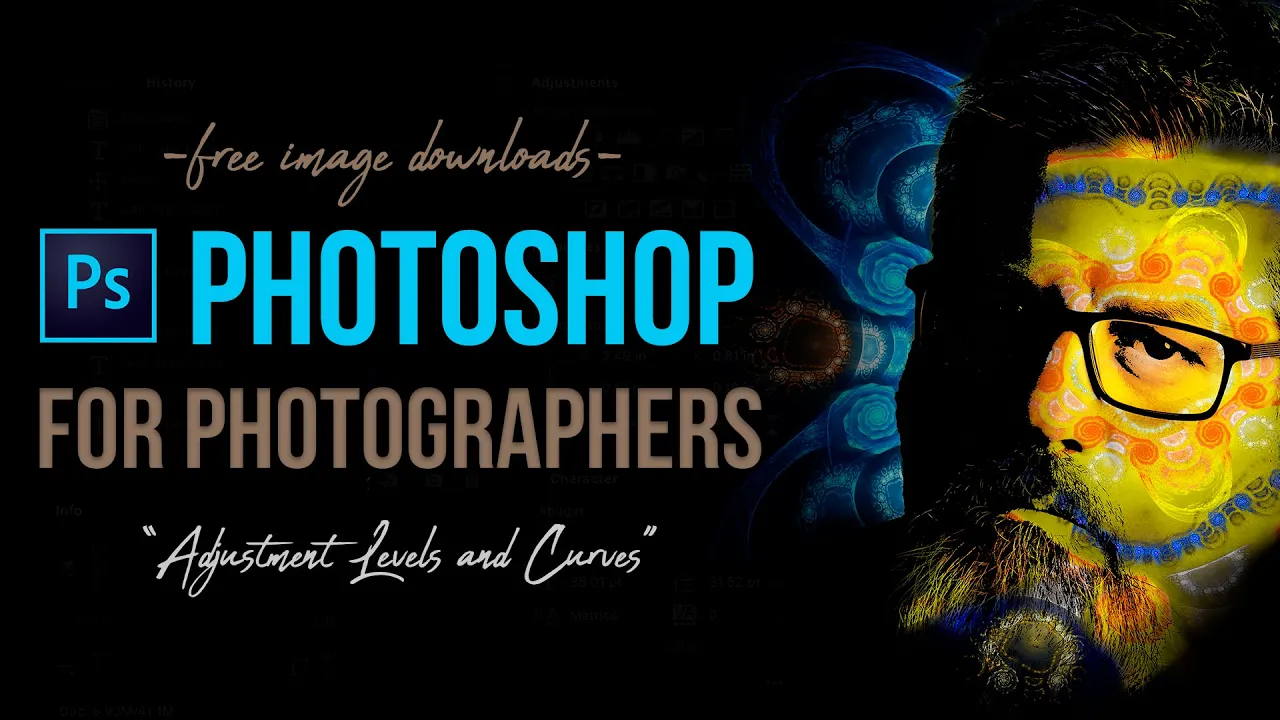How to Clone a Photo in Photoshop – the Smart Way
VIDEO #13
Subscribe to YouTube
How to Clone a Photo in Photoshop – the Smart Way
How to Clone a Photo in Photoshop – the Smart Way. Welcome to my “Photoshop for Photographers“ series on Adobe Photoshop CC. Adobe Photoshop’s clone tools include the healing brush, spot healing brush, patch tool, content aware move tool, rubber stamp tool. At first glance all the clone tools except the content aware move tool seem to do the same task. You will be surprised that over time you will use them all, because the all excel at different things. The rubber stamp tool is the oldest, and the one I fall back on to clean up what the others ruined. In this video I will show you what the all do. Use them on a blank layer is a great way to learn, because if screw-up you can delete the layer and start over. I would suggest you really spend time using each tool so you understand how they work. The tools I prefer are the healing brush because the targeting seems to not blur the area, the patch tool and I usually clean up areas with the rubber stamp tool. I hope you enjoy this video on the clone tools inside Adobe Photoshop.
Photoshop for Photographers
“Photoshop for Photographers” was designed as a supplemental resource for my class, “Photoshop for Photographers.” The goal is to teach you how to use Adobe Photoshop step by step. I understand this path is not for everyone and there is no reason you have to follow this process. However, if you want to really learn the program, I would suggest learning everything on the video and then move on. I will be adding a series of Advanced Photoshop which will focus on one technique. I can’t make videos to suit everyone I do my best to be efficient, and thorough. Once I have the advanced videos up I will add to quick to-the-point videos. I hope you enjoy the provide content and feel free to make any suggestions.

PHOTOSHOP CLONE TOOLS
- Spot Healing Brush-uses content aware to view surrounding areas and then make a fill.
- Healing Brush-You target the texture you want and then it will fill using that texture.
- Patch Tool-You select the area you want to remove, and then move it to an area you want to replace it with. It uses content aware.
- Content Aware Move Tool-You select an object you want to move to another location. Move that selection to the new location and Photoshop will use content aware to fill in the old area and move the selection to its new place.
- Rubber Stamp Tool-You target an area you want to replace something with. Then you click on the area you want to replace with the target area. Note: the target area constantly moves. Watch video to see this.
Always clone, or stamp on a blank layer to work non-destructively.
JOHN WHITEHEAD IMAGES
Items Covered in this Video

This “Photoshop for Photographers” how to use Photoshop’s clone tools, the healing brush, spot healing brush, patch tool, content aware move tool, rubber stamp tool.
Photoshop Requirements and Hard Drives
Working in Adobe Photoshop and with photography is more than just installing software and saving images to your computer. Computers these days are using solid State Drives SSD, which are fast, but do not have a large storage capacity. If you start downloading a bunch of photographs to your computer, it will not take long until you get a “Scratch Disk Full” error. This means your internal hard drive is full. Just to run a computer and Adobe Photoshop you need a sufficient amount of free space. Image previews are usually stored in a computer’s cache. This a temporary storage so it can quickly retrieve previews without recreating them every time you look at them. I cover this in the my Photoshop Preferences Tutorial. Personally, I store all caches on an external hard drive. At this moment I have 4 different hard drives hooked up to my computer. Two SSD’s and two enterprise optical drives, each performing a different task. All these drives are backed up via BackBlaze.
Another important aspect of running any of Adobe’s products are them requirements. Adobe lists the minimum requirements to run each of their programs, but you never want to be using the minimums, or the speed will drive you nuts. You need to realize that that your computer and every other application you run have requirements. So if you have Photoshop’s min of RAM 4GB, that will not allow any for your computer to run or a browser like Chrome. Below I will have two lists. One is some reasonable minimum requirements to run Adobe Software and what I am running. The second is a list of issues you will run into with insufficient hard drive space, and low minimum requirements. Just about every online student that I teach run into these issues. I hope this helps.
Minimum Requirements
- RAM 8-16 GB (I use 64GB)
- Internal SSD Hard Drive Space, 512 GB I have 1TB
- External Hard Drive 1TB, but more is better
- Processor Intel or equivalent i5 quad core processor or apple M1 or M2 (I use Intel i7 8core)
- A non integrated Graphics Card (AMD Radeon Pro 5700 8 GB)
Insufficient Requirements
- Scratch Disk Full
- Slow Computer
- Artificial Intelligence takes forever
- You can only open one program at at time
- Photoshop constantly crashes
- Learning Photoshop is frustrating because of the above issues
I have a Facebook Group called, “Learn Adobe Lightroom, Photoshop, and Bridge.” I created this group because I get a lot of questions on YouTube that are hard to answer unless I can see the issue. This will allow a place you can ask questions, and more importantly post images and videos.


